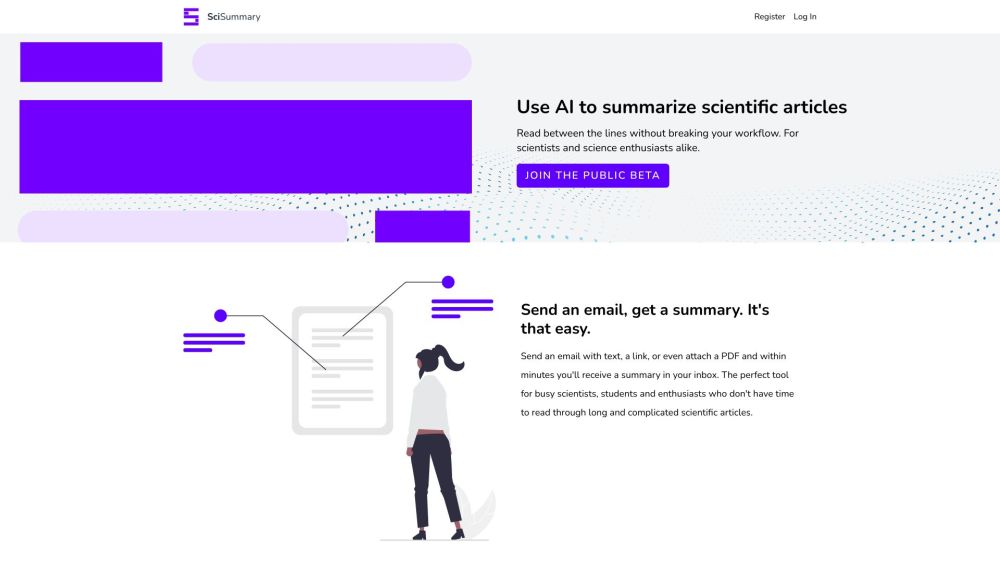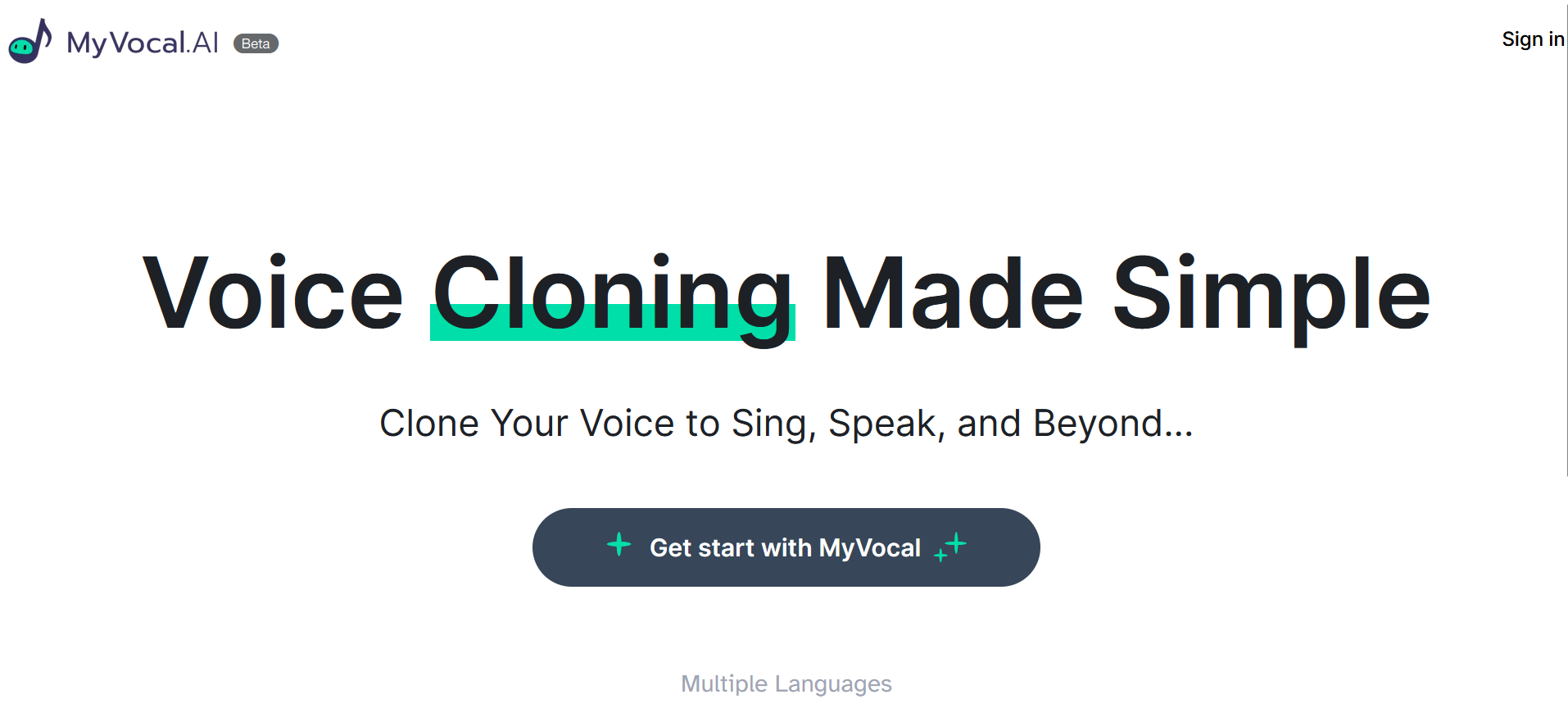Google DeepMind recently announced a major breakthrough in artificial intelligence (AI) research, unveiling a new autoregressive model called “Mirasol3B.” This innovative model aims to enhance the processing and understanding of long video inputs by fundamentally improving multimodal learning capabilities.
Mirasol3B employs a forward-thinking approach, integrating audio, video, and text data in a cohesive and efficient manner. According to Isaac Noble, a software engineer at Google Research, and Anelia Angelova, a research scientist at Google DeepMind, the primary challenge lies in the variability of data modalities: “While some modalities like audio and video are time-synchronized, they often don’t align well with text. The substantial volume of audio and video data can overwhelm the text, necessitating disproportionate compression, especially for longer videos.”
Revolutionizing Multimodal Learning
To tackle this challenge, Mirasol3B decouples multimodal modeling into distinct autoregressive components. It processes time-synchronized inputs (audio and video) separately from sequential, yet not necessarily aligned, modalities such as text.
"Our model consists of an autoregressive component for time-synchronized modalities (audio and video) and another for sequential but non-time-aligned modalities like text inputs," Noble and Angelova describe.
This announcement arrives amid a broader industry push to leverage AI for analyzing diverse data formats. Mirasol3B represents a significant advancement, paving the way for applications like video question answering and quality assurance for extended video content.
Potential Applications for YouTube
One intriguing application could be on YouTube, the world’s largest video platform and a key revenue source for Google. Mirasol3B could enhance user engagement with features such as automated captioning, summarization, and personalized recommendations. Users might benefit from improved search capabilities, allowing them to filter videos based on keywords, topics, or sentiments, thereby increasing accessibility and discoverability.
Additionally, the model could enrich viewer experience by providing contextual answers and feedback based on video content, helping users locate related resources or playlists efficiently.
Mixed Reactions in the AI Community
The AI community has responded with a blend of enthusiasm and skepticism. Some experts commend Mirasol3B for its innovative approach. Leo Tronchon, an ML research engineer at Hugging Face, expressed excitement on social media, stating, “It’s fascinating to see models like Mirasol integrating multiple modalities. Few robust models currently exist that utilize both audio and video effectively.”
However, there are others who have raised concerns. Gautam Sharda, a computer science student at the University of Iowa, noted, “It appears there’s no code, model weights, training data, or even an API available. Why not? It would be great to see something more than just a research paper released.”
A Milestone for AI's Future
This announcement signifies a pivotal moment in AI and machine learning, highlighting Google’s commitment to pushing technological boundaries. At the same time, it creates a challenge for researchers, developers, and users to ensure the model adheres to ethical, social, and environmental standards.
As society embraces a more multimodal landscape, fostering a culture of collaboration and responsibility becomes essential. It’s crucial to develop an inclusive AI ecosystem that benefits all stakeholders while promoting innovation and diversity.




